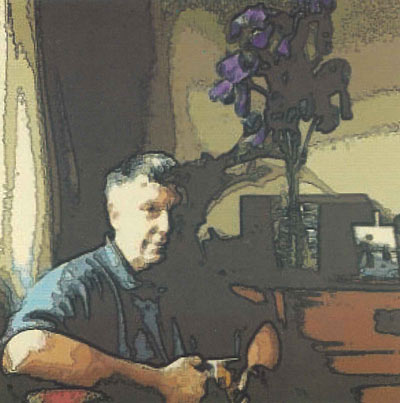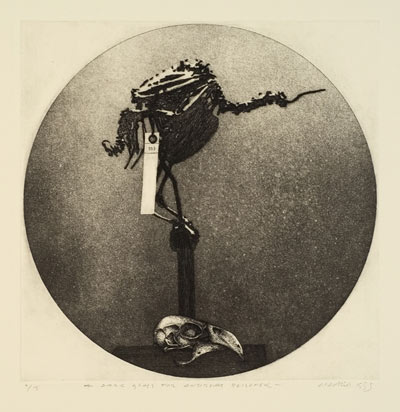“Art school was the foundation of everything that has happened to me after I graduated in 1966. Any experiences before that simply defined what it was that I didn't want to do.”
|
I attended the School of Fine Arts between 1963 and 1966. My major was painting and my lecturers were Bill Sutton, Rudi Gopas, Jack Knight, Dick Lovell Smith, Maurice Askew, Russell Clark, John Oakley and Tom Taylor. My peer group was Rodney Wilson, Tom Kreisler, John Parker, Murray Reece, Roy Good, Caroline Williams, Phil Trusttum – to name but a few. We were very serious. It seemed to be about 'involvement' – a few of us had been disillusioned via. prior vocational, educational experiences. We wanted to 'know' beyond social intercourse. McCahon was the main indigenous feature. We knew that 'this was something else'. We were, on the other hand, semi-acolytes of our teaching mentors – Rudi Gopas and Tom Taylor presented themselves as targets for sociological / intellectual respect / fear. Internationally. For my part I enjoyed the works of the German Expressionist School as it emerged from its gothic / historical cocoon. This was of course fed by Rudi Gopas, who presented a Eurocentric overview – rather than the easier diet of such English artists such as Sutherland, Nash, Davies, Pasmore, Moore, etc., which had set the 'tone' for our other teachers. I then had the great good fortune to work with Gabor Peterdi at the Honolulu Academy in 1972. He was the author of the book Printmaking and Professor of Printmaking at Yale. He provided a belief structure that I have held with ever since involving notions that are referred to as 'graphic literacy'. It involved respecting the visual discipline of printmaking that ran parallel (and equal to in its singularity) to any of the other fine art disciplines. That has been the foundation of my belief system. At art school I learned discipline, based upon constant immersion regarding things visual. I enjoyed the freedom of the isolated print room, which occupied two rooms on the east side of Okeover. It was shockingly resourced – a lone Expelair was charged with removing nitrous oxide and chlorine gases. It was trench warfare. Two litho presses. Two etching presses. Jack Knight was kindly and laissez faire. When I left art school I believed that I would make things that would allow me to make more things. I did that, but financial survival necessitated that I do something else as well. I didn't go to teachers' college as most of my peer group did.. I then taught on and off (rather a year on and then a year off) so that I sponsored my own practice as a printmaker. I tutored at the Christchurch Polytechnic (on and off) in their new graphic design department until 1978, when I was appointed as Senior Lecturer in Printmaking at the School of Fine Arts. I taught there full time (for twelve years), with two periods taken for sabbatical leave. I retired from that position aged fifty to pursue the printmaking thing that I had optimistically thought that I was going to pursue full time when I finished art school in 1966. Art school was the foundation of everything that has happened to me after I graduated in 1966. Any experiences before that simply defined what it was that I didn't want to do. It also meant outside spirits encountered along the way. Such people as Trevor Moffitt, Leo Bensemann, Kees Hos, Michael Trumic, Philip Trusttum, Michael Reed, Tony Fomison and Marilynn Webb. Singular forces that have added to my positive and negative defences, responses and repertoire. Then there are the students that I taught – hopefully with sufficient art – so that they in turn could see what it was that they did, or didn't, want to do as a way of life.
|
||||||


